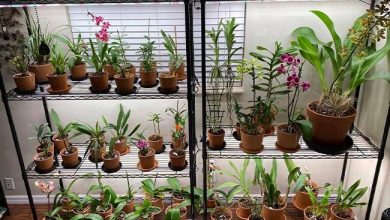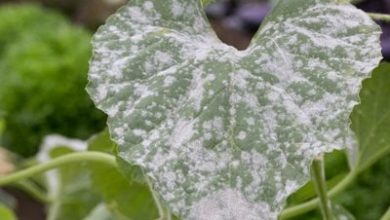How to Make Salad Sprouts: Healthy Baby Sprouts
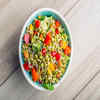
Hi Farmers! Today I want to talk to you about something that is starting to be all the rage in kitchens: seed sprouts, which are also known as salad sprouts. If you have wondered how to make homemade sprouts, you have found the right article, let’s see it!
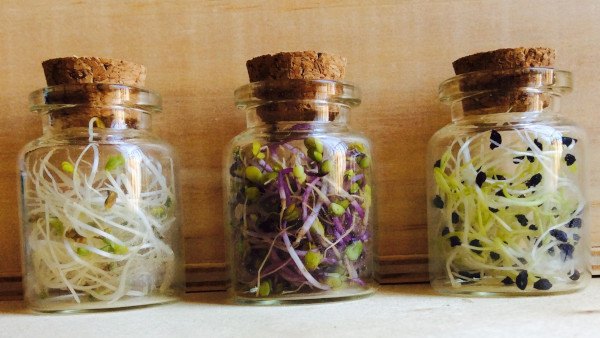
What are sprouts?
Sprouts, as their name suggests, are seeds that have just germinated. This tendency to consume sprouts comes from many centuries ago, since ancient times, although at that time they were consumed rather for their medicinal effects. It is currently widely used in Asian countries, and is increasingly being taken into account when cooking in Western countries.
Sprouts can be obtained from any seed, but care must be taken because some are toxic.
For example, in solanaceous plants such as tomatoes, the sprout contains toxins, so it should not be consumed. Of course, sprouts from plants that we already know are toxic should not be consumed, because these toxins are even more concentrated.
Types of sprouts
The types of sprouts indicated for consumption are those that come from the following seeds:
- Cereal sprouts: wheat, oats, quinoa, rye, millet and buckwheat. (These should not be consumed by people with celiac disease, as they contain gluten)
- Sprouts of legumes: alfalfa, lentils, chickpeas, soybeans…
- Aromatic sprouts: mustard, dill, coriander, anise or basil.
- Vegetable sprouts: cabbage, broccoli, radish, leek, onion, clover, cauliflower or radish.
How to make salad sprouts
There are numerous ways to make sprouts.
The 3 basic and essential parameters that you must take into account to learn how to make sprouts:
- Maintain constant humidity
- That the temperature is around 25 ºC
- Dark or semi-dark, the seeds should be in a place with very little light.
Germination Containers
Taking these parameters into account, the seeds can be germinated in many places. Here are some options:
In a glass jar: this is the most common. The seeds can be washed with water or left for a few hours in water (especially in legumes). Drain well and store in the pot, at the base you can put a cloth to breathe.
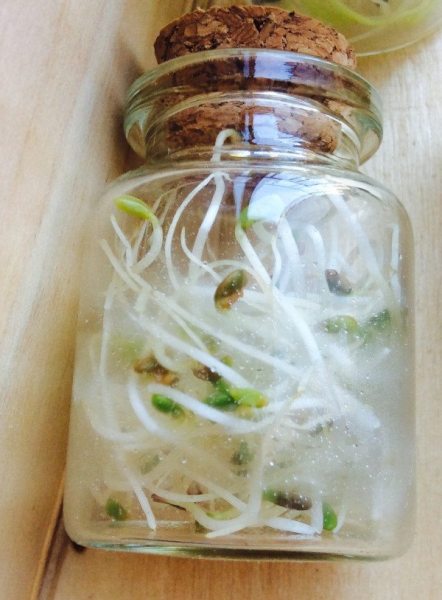
Transpiration is quite important because they need to renew the air above all to prevent fungi from appearing.
It is then left in a place where the temperature is close to 25ºC and where there is hardly any light. Every day you have to take them out and rinse them and put them back in the jar. So for about 5-8 days, it depends on the type of seed and the size we want to germinate.
The container can be tilted slightly so that the excess water remains to one side. To finish the process, once they are the desired size, they are placed in water and the floating shells are removed. These can be consumed, but some people may find them unpleasant to the palate.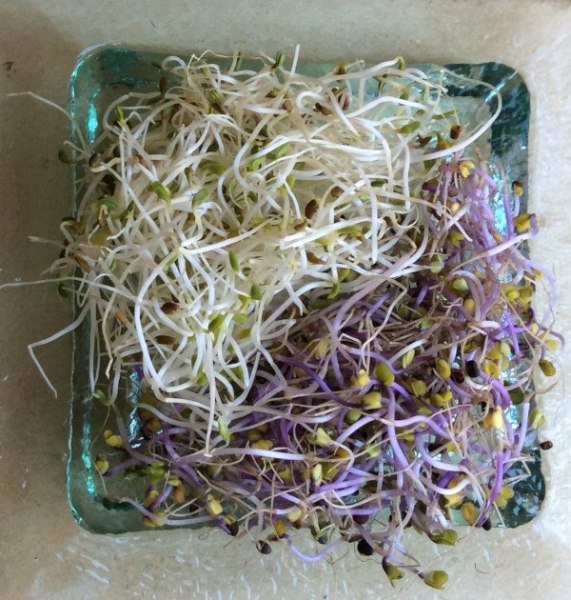
This process can be done in other containers, such as hemp or flax bags, or seedbeds.
In any case, the aforementioned parameters must be taken into account and the steps described for germination in a jar must be followed.
Another option is to do it in the substrate, but it is not really interesting to do it this way because the shoots end up getting dirty and it does not provide any advantage.
The only problems that can appear is that many seeds abort and therefore do not germinate. The other is that during germination you have to be very careful that fungi do not appear, due to the high humidity that must be maintained for this process.
Health benefits of sprouts or seed sprouts
- They are very nutritious.
- They contain a very high concentration of enzymes that are involved in many processes in our body, so they help neutralize toxins, increase our energy and have high benefits for cell regeneration.
- They contribute to the maintenance of the intestinal flora.
- They have very positive effects on the liver, influencing its proper functioning.
- They are a great source of vitamin C.

The advantages of making the sprouts yourself is that you will save on the shopping basket, since at the moment they are sold at a slightly higher price, it is much cheaper to buy the seeds and make homemade sprouts.
On the other hand, large means are not necessary to make them germinate and they do so quite quickly in general.
Another advantage is that they are always consumed fresh, so they keep all their properties and we know that they are not contaminated with any type of phytosanitary product. They are also very decorative on the plate.
Recipes with sprouts
There are many recipes in which to use these sprouts, as well as salads, sandwiches, stews, etc. The flavor they have is the same as that of the vegetable to which that seed belongs, even personally I would dare to say that it is even more intense than that of the adult vegetable itself.
I encourage you to try them and make them yourself, since making sprouts is very simple and fast and also makes the dishes very happy. For any questions you may have during the germination process, do not hesitate to leave it in the comments. Regards and until next time!

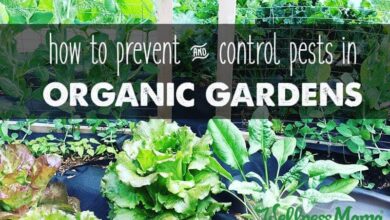
![Photo of Bordeaux mixture: [Origin, Characteristics, Uses, Preparation and Application]](https://www.complete-gardening.com/wp-content/uploads/2021/06/Como-se-origina-el-caldo-bordeles-390x220.jpg)
